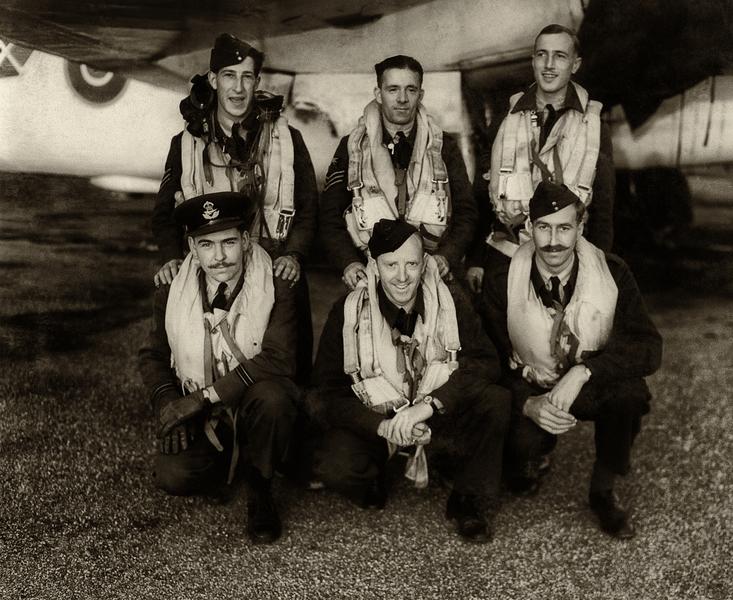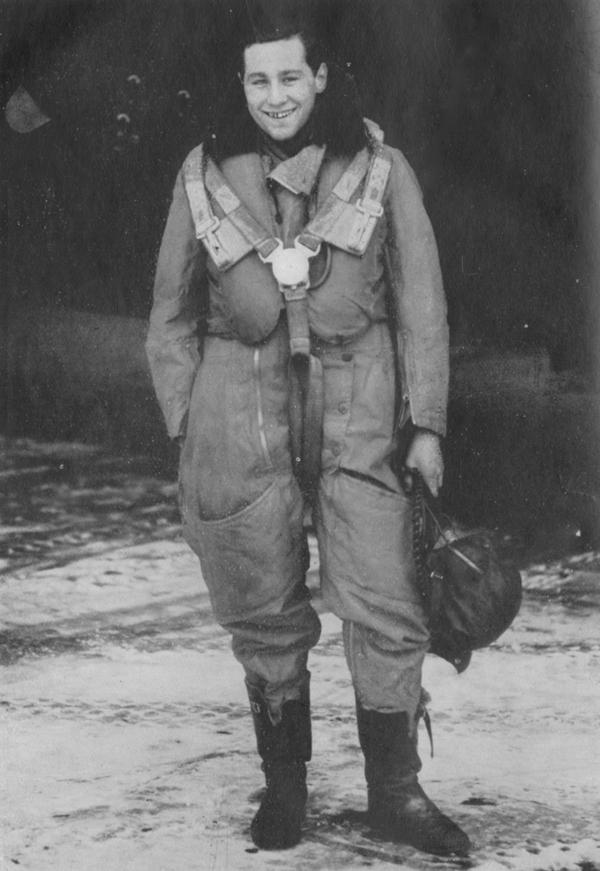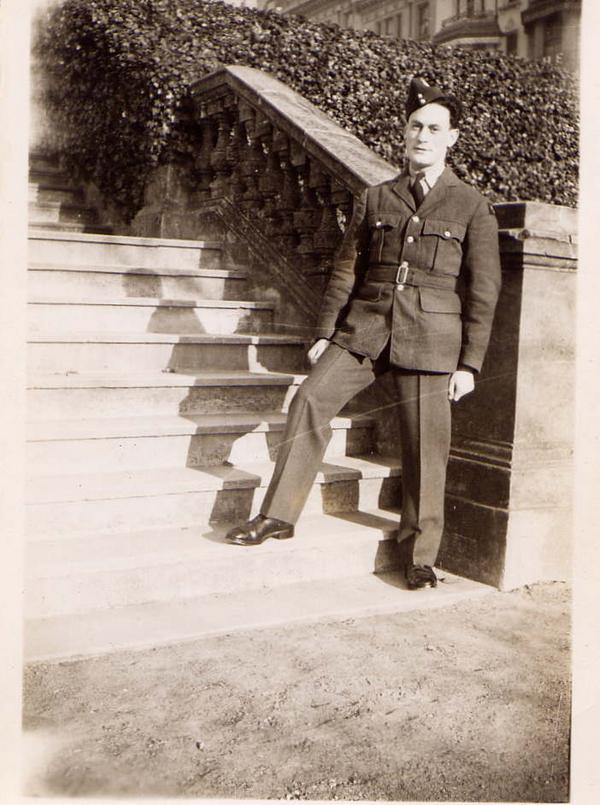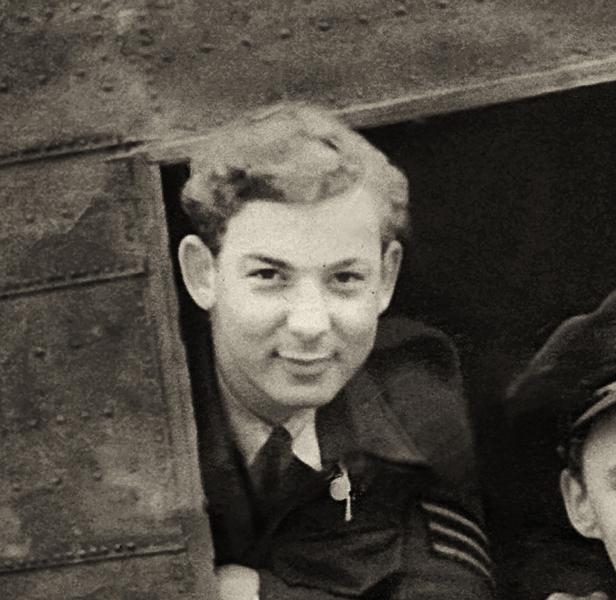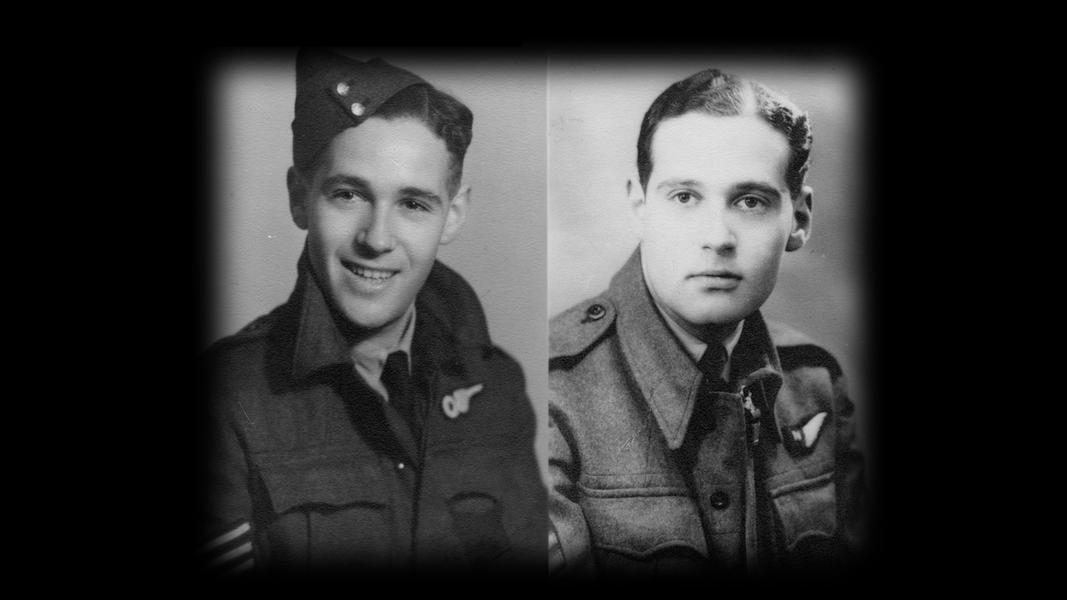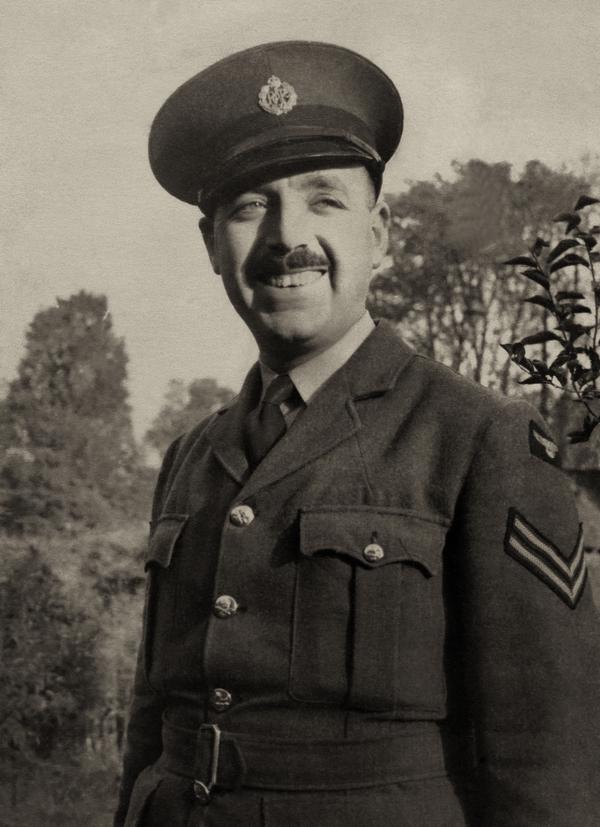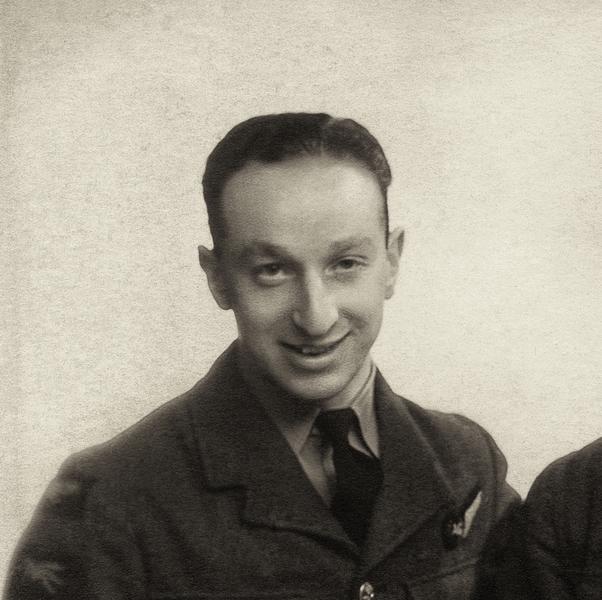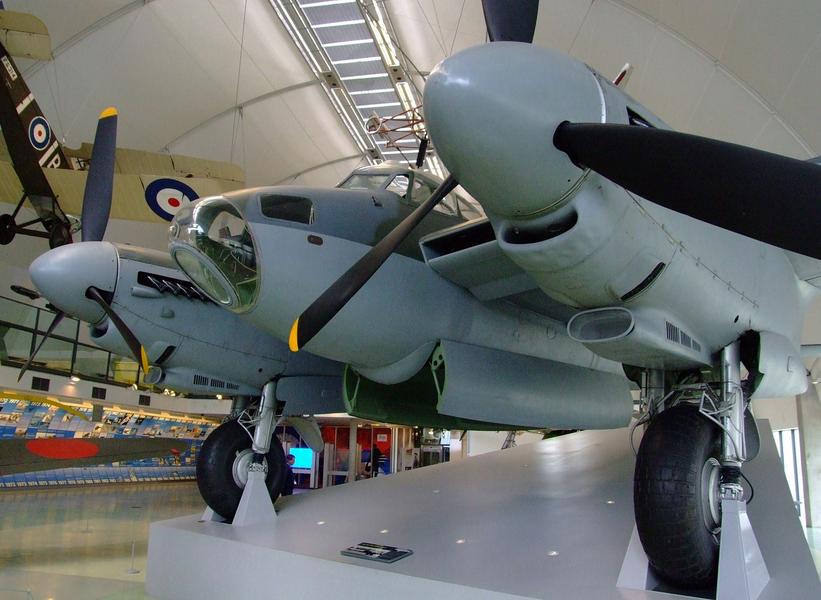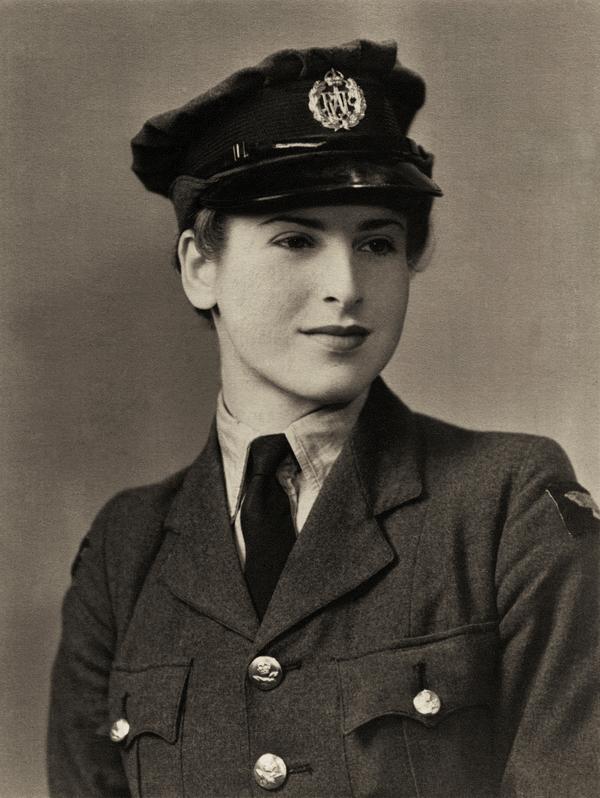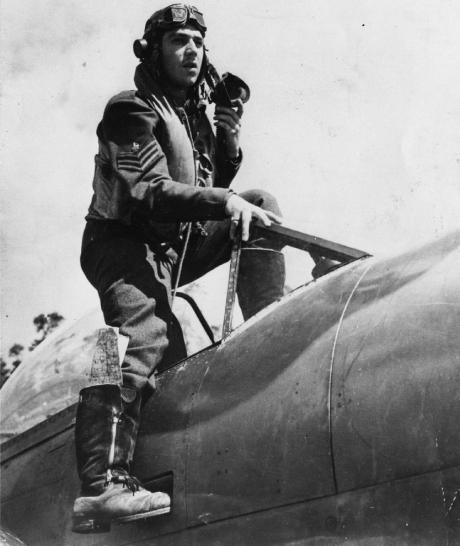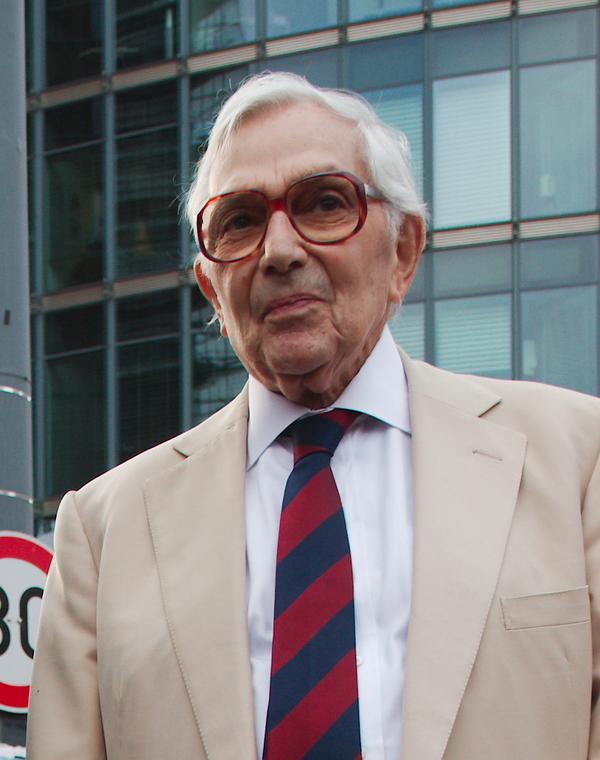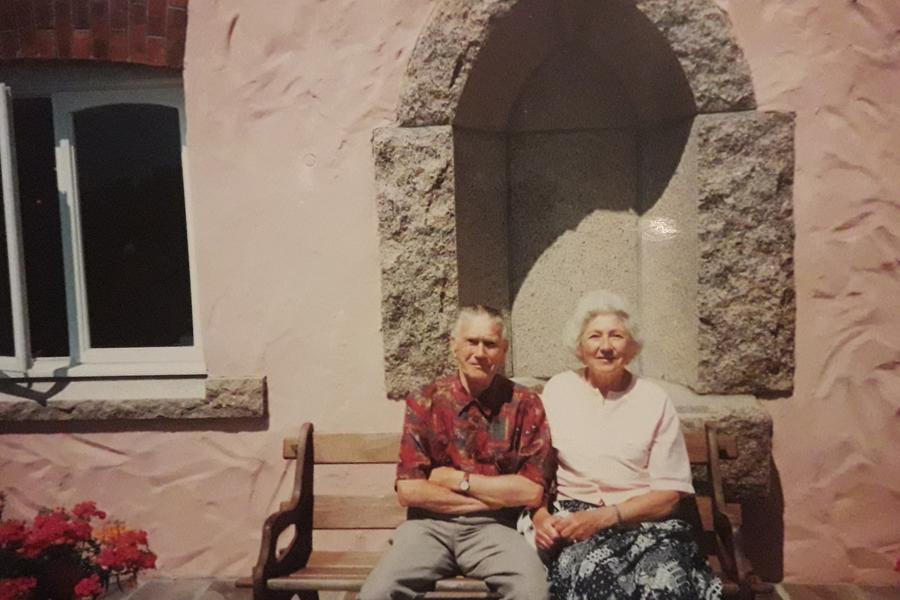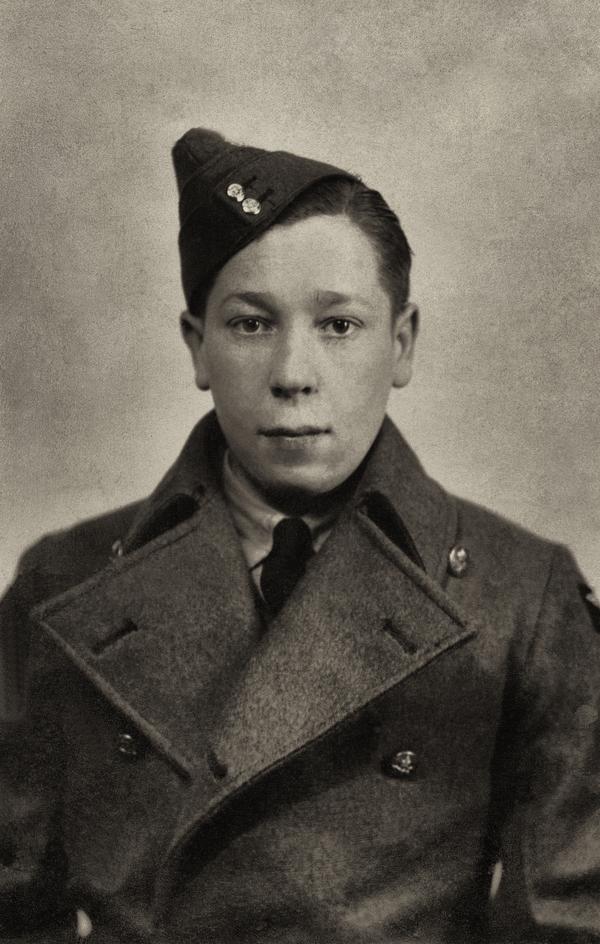in late 1922.
In those days, Brixton had a thriving Jewish community.
It's very impressive synagogue in Effra Road
had been opened in 1913.
That synagogue is now closed.
Sydney joined the Royal Air Force in 1940
training as a navigator.
He then transferred to 221 Squadron,
a coastal command squadron,
which came into being on the 21st of November of that year.
The squadron was equipped with long range
Vickers Wellington bombers
intended for anti-submarine patrols.
Now coastal command was responsible
within the Royal Air Force for defending merchant shipping
from attack by the enemy,
and with so much of the countries supplies during wartime
coming from abroad,
those supply lines had to be kept open.
Britain simply couldn't keep going otherwise.
So, 221 Squadron's anti-submarine work
together with its anti-shipping patrols,
its convoy escort patrols, its reconnaissance duties,
and its mine laying activities
were all crucial to Britain's survival.
The squadron was formed at RAF Bircham Newton in Norfolk.
Sydney was accommodated with the other airman
in Heacham Hall, a derelict,
freezing cold mansion house nearby,
which was twice almost burnt down
by airmen trying to keep warm.
In the spring of 1941,
the squadron moved on to RAF Limavady in Northern Ireland
with its perilous 1,200 foot cliff that had to be overflown
before landing on a very short runway.
Now, while at Limavady trials were carried out
of a newly invented search light called the Leigh Light.
Now the way this worked was that the crew
would pick up a radar contact,
this could be a submarine,
but it could also be something else.
And the pilot would be brought into an attacking approach
by his radar operator.
The light would then be switched on
maybe half a mile from the target,
and if the target really did prove to be an enemy submarine
then the attack would be pressed home.
The submarine captain would have just a few seconds
to decide whether to dive or to try to fight back.
And the pilot, meanwhile,
would have to fly on instruments alone,
just feet above the waves,
because if he looked out while the beam
was searching for the target,
he risked being disoriented
and flying straight into the sea.
In October, 1941, the squadron moved to Iceland
where it searched for submarines
beyond the reach of aircraft from Britain or Canada.
And then at the beginning of 1942,
it was sent onto Egypt, via Gibraltar and Malta
where its home became a very basic
landing ground in the Western Desert.
Its job was now to make night torpedo attacks
or enemy ships bringing supplies through the Mediterranean
to Rommel's Forces.
But by the end of the year, most shipping had been cleared,
and the squadron became focused
on anti-submarine patrols once more.
In 1944, the squadron moved to Italy, then onto Greece,
and finally back to Egypt
where it was converted to an air/sea rescue unit,
covering an area stretching all the way
from Libya to Palestine.
Sydney, who was by now a flight Sergeant,
returned to Britain in 1946.
Two years later he married his wife, Ella,
at Brixton synagogue.
He trained as an architectural surveyor
and he ran his own practice out of London's West End.
Sydney died in 1995.
